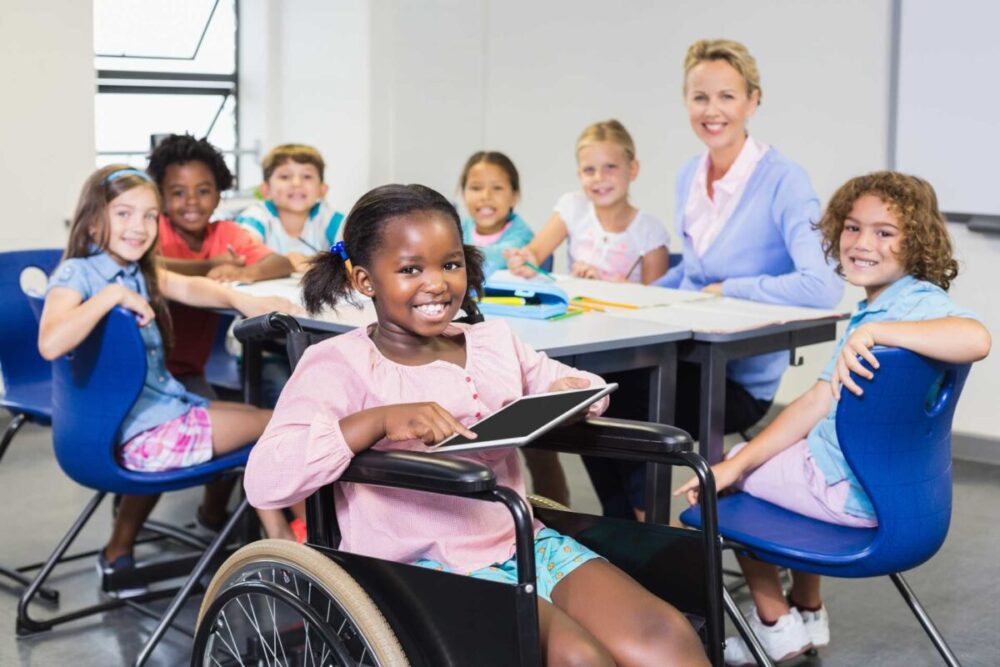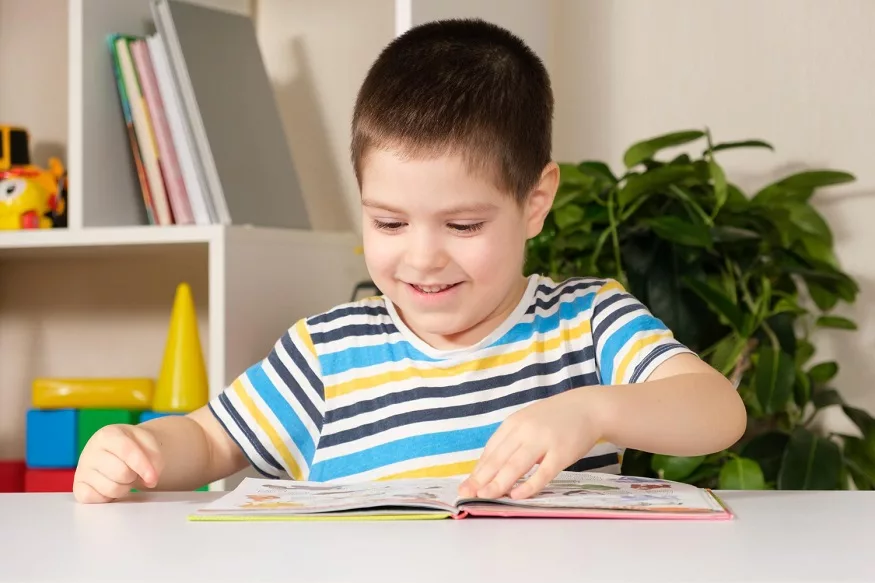
Every child has a unique set of skills, abilities, and needs. Addressing this diversity isn’t just a moral and legal obligation but pivotal for a thriving, progressive society.
Inclusive education signifies a shift from traditional teaching models. It represents an ideology that every child, regardless of physical, emotional, or intellectual differences, has a right to be part of a mainstream educational environment.
Inclusivity is deeply embedded in their teaching philosophies in schools and childcare centers such as Little Scribblers Belmore. Integrating individualized learning experiences is crucial to nurture every child’s distinct abilities and potential.
Read on to discover effective strategies and practices that make a tangible difference in supporting every child’s unique needs through inclusive education.
Identifying Individual Needs

Identifying every child’s unique needs is foundational in inclusive education. This involves collaborating with educators, psychologists, and parents to understand each student’s needs and challenges.
Below are key components that contribute to the thorough identification of a child’s unique educational and developmental needs:
- Personalized assessments: Customized evaluations align with individual learning styles and cognitive abilities, guaranteeing an approach that caters to each child’s strengths and weaknesses, enhancing a more targeted and efficient learning journey.
- Multi-disciplinary teams: Interdisciplinary groups of experts from various domains collaborate to develop a comprehensive understanding of each child. Their collective insights guarantee a well-rounded perspective that addresses the student’s academic, social, emotional, and physical requirements.
- Parental insights: Parents provide invaluable insights into their child’s behavior, skills, and challenges. Their contributions enrich the assessment process, ensuring the child’s needs are understood and addressed in school and home environments.
- Continuous monitoring: Ongoing evaluation ensures that the educational strategies consistently align with the child’s evolving needs. It enables timely adjustments, ensuring that support mechanisms are always relevant and practical.
Efficient identification of individual needs lays the groundwork for tailored educational experiences, ensuring each child’s unique requirements are met with precision and care.
Customizing Learning Experiences
Ensuring that education is accessible and practical for every child requires adapting learning experiences to suit individual needs. Each child’s educational journey should be as unique as they are, tailored to their specific abilities, learning styles, and challenges.
The following elements are essential in customizing learning experiences to align with each child’s distinct needs:
- Adaptive curriculum: An adaptive curriculum is flexible and can be adjusted to cater to various learning abilities and styles. It ensures that each student is taught in a manner that resonates with their unique cognitive and emotional needs, enhancing comprehension and retention.
- Interactive learning tools: Incorporating interactive tools such as apps, games, and digital resources elevates the learning experience. These tools are designed to be engaging and educational, making learning enjoyable while addressing individual learning preferences and needs.
- Differentiated instruction: This entails customizing teaching methods to suit the diverse requirements of students. Educators adapt the content, techniques, and outcomes of learning activities to cater to students’ varying levels of preparedness, interests, and learning characteristics.
- Inclusive classroom design: The physical and virtual learning environments are adapted to be accessible and comfortable for all students. From ergonomic furniture to accessible digital platforms, every aspect is considered to facilitate inclusive learning.
Through these tailored approaches, education becomes a personalized journey where every child can engage, learn, and thrive according to their unique capabilities and preferences. It transforms learning from a generic to a bespoke experience, ensuring every child feels seen, heard, and supported in their educational journey.
Collaborative Learning Environment

Creating a collaborative learning environment is pivotal in promoting inclusivity in education. It ensures that students of different abilities and backgrounds interact and learn in a setting that fosters empathy, understanding, and mutual growth.
Below are integral aspects that underline the establishment and nurturing of a collaborative learning environment:
- Diverse group activities: Multifaceted group activities involve students of various abilities and backgrounds, promoting interaction, cooperation, and mutual learning. They emphasize the value of every participant’s contribution, fostering respect and appreciation for diversity.
- Peer support systems: Establishing systems where students support each other’s learning encourages a sense of community. Peer support promotes social skills development, empathy, and a deeper understanding of student diversity.
- Teacher facilitation: Educators are crucial in facilitating and nurturing a collaborative atmosphere. They guide interactions, ensure positive communication, and promote an environment where every student’s voice is valued.
- Inclusive educational materials: Educational materials are crafted to be accessible and relatable to all students, reflecting the diversity of the classroom and promoting mutual understanding and respect.
Implementing these components transforms a conventional classroom into a dynamic space where diversity is acknowledged and celebrated. It ensures that every student, regardless of their abilities or background, is an integral part of the learning community, contributing to and benefiting from the rich, diverse educational landscape.
Leveraging Technology

Integrating technology in education is pivotal in customizing learning experiences to cater to the diverse needs of students. It provides varied and adaptive means to engage, instruct, and assess students, ensuring that learning is accessible, engaging, and effective.
Here are crucial aspects of leveraging technology to enhance inclusive education:
- Interactive apps: These apps are tailored to offer personalized learning experiences. They adapt to each student’s pace and style of learning, offering customized content and assessments that align with individual needs and abilities.
- Online resources: Many educational materials available online cater to diverse learning preferences. These resources, including videos, e-books, and interactive websites, ensure students can access varied content that resonates with their unique learning styles.
- Adaptive learning software: Adaptive learning technology adjusts its content and instructional pathway according to the learner’s performance and needs. It ensures that learning is paced and styled to suit each student’s abilities, enhancing comprehension and mastery of content.
- Assistive technologies: Assistive technologies cater to students with specific needs, including those with learning disabilities, visual impairments, or hearing impairments. They ensure that learning is accessible and customized to meet every student’s requirements.
The infusion of technology into education transforms the landscape, making learning personalized, accessible, and engaging for every student. It bridges gaps, ensuring that each child can explore, engage with, and excel in their educational journey regardless of their unique needs and abilities.
Conclusion
Inclusion in education is a collective endeavor vital for societal progress. This approach extends beyond classroom walls, influencing community and global dynamics. Each child’s enriched learning experience, shaped by personalized, technology-enhanced methods, contributes to a more empathetic, innovative, and diverse society. Collaborating with educators, parents, and technology ensures a future where every child’s potential is recognized, nurtured, and celebrated.








